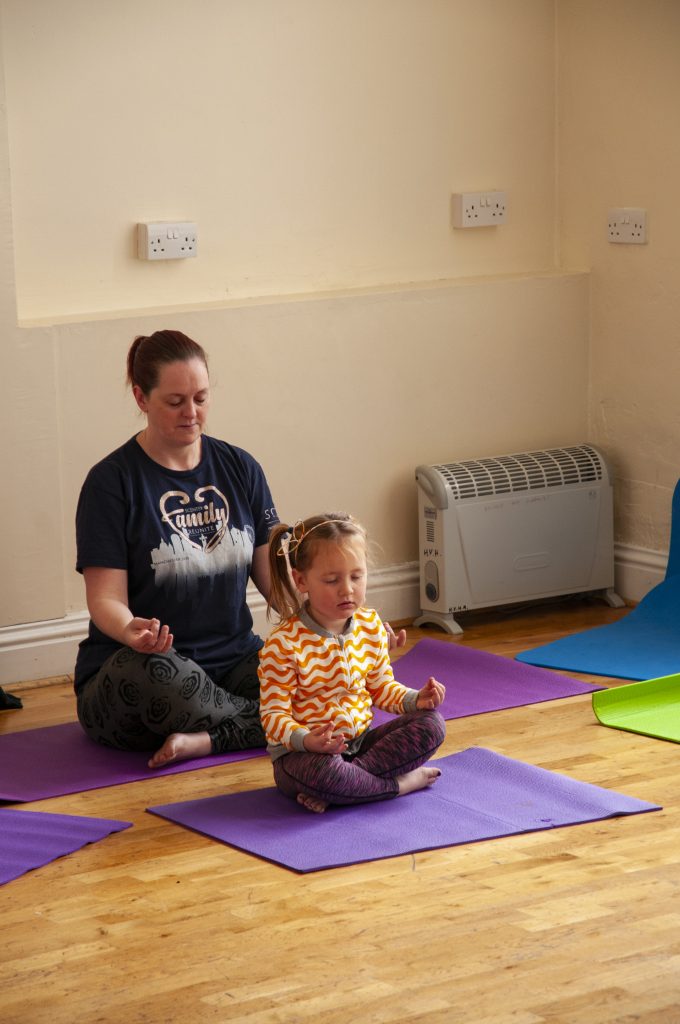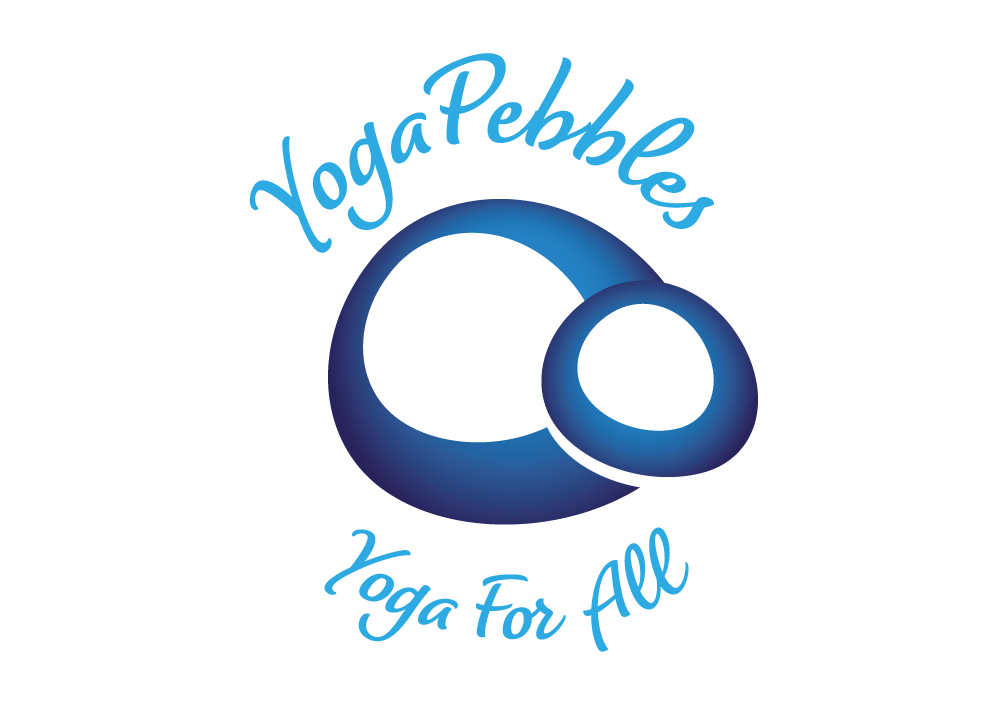
If you or your children suffer from anxiety, you’ll know how blue the January blues can feel. Here, I share some proven techniques for helping your family curb anxiety during the back to school wobbles, new term traumas, exam pressure…and beyond
1. Take it in hand
If you’ve ever pricked your finger with a pin or got a paper cut, you’ll know how sensitive your fingers can be. Each tip contains an acupressure point thought to stimulate, or soothe, different parts of the body. In particular, the thumb is connected to the pituitary gland and the hypothalamus in the brain, which both control hormones. Practice a calming meditation by asking your child to come up with four phrases or words that create a positive affirmation such as, forefinger: “I am strong”, middle finger: “I am friendly”, ring finger: “I am hepful” and little finger: “I am brave”. When they have decided what they want to say, sit with them and together touch your thumb to each finger in turn, starting with the forefinger, and saying each phrase to themselves or out loud. It’s thought a meditation like this can stimulate the brain’s frontal lobe, responsible for attention and emotion, and slow down the arousal response – which can lead to poor attention and anxiety.
2. Try a calming countdown
With friends, iphones, TV (and teachers!) all vying for your child’s attention it can be easy for them to lose touch and feel their heads are ‘full’. A great way to ground them in the present moment and soothe the jumble of thoughts is the ‘54321’ method. This works by applying a sense to each number. So 5 is Look – look around for five things you can see and say them out loud; 4 is Feel – find four things you can feel i.e your hair, your clothes, the chair; 3 is Listen – pay attention to three sounds; 2 is Smell – tell me two things you can smell; 1 is Taste – what can you taste i.e your lunch, your toothpaste (if there’s nothing, tell me what your favourite taste is). Then take a deep breath in and out.
3. Tap to toe freedom
The Emotional Freedom Technique (EFT), also known as Tapping, is so simple it almost feels like it’s not working. But believe me it works even for the most cynical in nature! Sometimes referred to as ‘psychological acupressure’, it’s pain free and non invasive. The fingertips are used to tap on energy meridian points across the body, to release ‘blockages’, which are thought to be the source of emotional intensity or discomfort. It can help with low self esteem, compulsive thoughts, anxiety and depression. Watch tutorials on YouTube or better still find a qualified practitioner here.
4. Wish upon a star
Deep breathing has been proven to relax the nervous system – but if children find the concept hard, it might help them to think of the breath like the edges and corners of a star (see below). Each breath is a wish upon a star, held at the top for two counts, and each breath out takes their worries away.

5. Be a robot and a ragdoll
A great way to release tight muscles (for you and your children!) is to ask them to tense up all parts of their body, hands, feet, shoulders, eyes, etc, like a robot, and hold for a count of five; then imagine they are a loose and relaxed like a rag doll. The ragdoll pose in yoga, or standing forward fold, is also a great way to release tension – and inversions like this help blood flow to the head, which can calm frazzled minds.
Try practicing Three Ways to be Grateful
